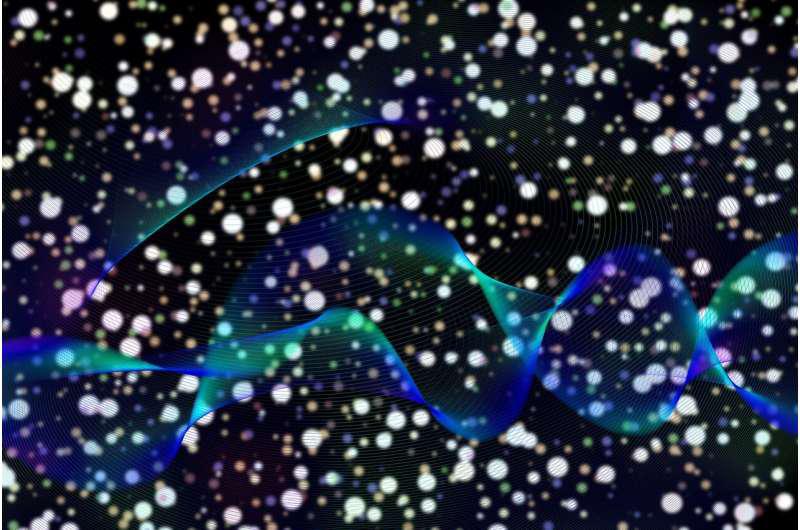Researchers at the University of Central Florida are working on new photonic materials that could someday aid in the development of low-power, ultra-fast light-based computing.
The novel materials, recognized as topological insulators, resemble wires turned inside out, with the current running along the outside and the interior insulated.
Topological insulators are significant as they could be used in circuit designs that enable more processing power to be crammed into a single space without producing heat, preventing the overheating problem that today’s progressively smaller circuits face.
Related Stories
The scientists used a novel, chained, honeycomb lattice design to generate the materials in their recent work, which was published in the journal Nature Materials.
The chained, honeycombed design was laser etched onto a sample of silica, a material commonly used to produce photonic circuits, by the scientists.

The scientists can modulate the current without bending or stretching the photonic wires, which is an important feature for regulating the level of light and hence data in a circuit.
The novel photonic material overcomes the limitations of current topological designs, which provided fewer features and control, while allowing for much longer propagation lengths for information packets by minimizing energy loss.
The scientists claim that the bimorphic topological insulators’ new design method will instigate a transition away from traditional modulation formats, making light-based computing technology more of a reality.
Topological insulators may also be used one day to safeguard and harness fragile quantum information bits, enabling processing power hundreds of millions of times quicker than today’s classic computers.
The scientists used sophisticated imaging technology and numerical simulations to assure their observations.
Bimorphic topological insulators introduce a new paradigm shift in the design of photonic circuitry by enabling secure transport of light packets with minimal losses.
Georgios Pyrialakos, Study Lead Author and Postdoctoral Researcher, College Of Optics and Photonics, University Of Central Florida
The integration of nonlinear materials into the lattice could facilitate effective control of topological areas, generating personalized pathways for light packets, according to Demetrios Christodoulides, a professor in UCF’s College of Optics and Photonics and study co-author.
Defense Advanced Research Projects Agency, the Office of Naval Research Multidisciplinary University Initiative, the Air Force Office of Scientific Research Multidisciplinary University Initiative, and the United States National Science Foundation supported the research.
The Simons Foundation’s Mathematics and Physical Sciences division, the W. M. Keck Foundation, the US–Israel Binational Science Foundation, the United States Air Force Research Laboratory, and the Deutsche Forschungsgemein-schaft, as well as the Alfried Krupp von Bohlen and Halbach Foundation, also supported the research.
Journal Reference:
Pyrialakos, G. G., et al. (2022) Bimorphic Floquet topological insulators. Nature Materials. doi.org/10.1038/s41563-022-01238-w.
Source: https://www.ucf.edu/









